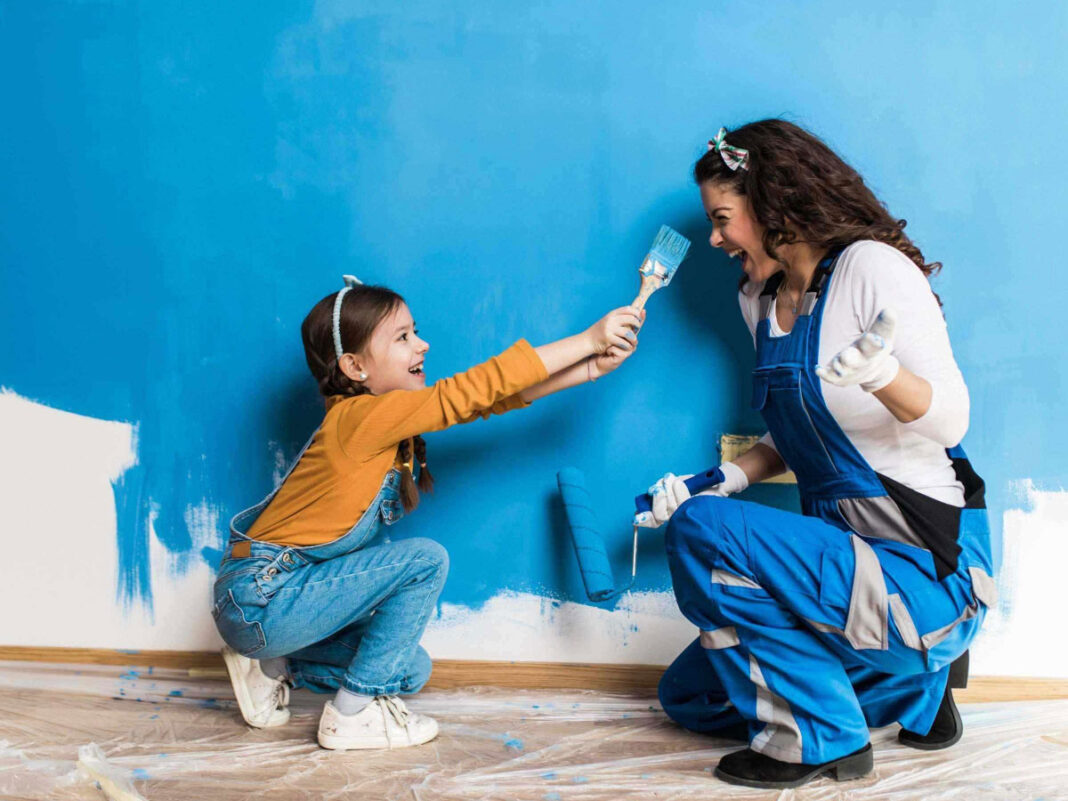When it comes to designing small spaces, every element counts. One of the most powerful tools at a designer’s disposal is color. Not only does color influence the perception of space, but it also has a profound emotional impact on those who inhabit it.
Understanding Color Psychology
Color psychology explores how hues affect human behaviour and emotions. In interior design, choosing the right colors can enhance moods, influence feelings, and even affect physiological responses. This is especially important in small spaces, where color choices can either amplify a sense of openness or contribute to feelings of confinement. Studies have shown that colors can significantly impact our emotional well-being and physiological responses.
Warm vs. Cool Colors
Warm colors like reds, oranges, and yellows are known to evoke energy and vibrancy. They can stimulate conversation and appetite, making them ideal for social areas. However, in small spaces, bold warm colors might feel overwhelming if overused. For example, using too much red can increase energy levels, which may not be desirable in relaxation areas.
Conversely, cool colors such as blues, greens, and purples promote calmness and relaxation. They can make a room feel more spacious and are often recommended for bedrooms and bathrooms in compact homes. Blue, for instance, is associated with serenity and can lower heart rate and blood pressure.
The Power of Neutrals
Neutral shades like whites, greys, and beiges serve as versatile foundations in interior design. They reflect light, which further makes small spaces appear larger and more open. Moreover, neutrals provide a calming backdrop that can be accented with pops of color to personalize a space without overwhelming it.
Color and Emotional Well-being
Research indicates that colors can have significant effects on mood and psychological well-being. For instance, blue is associated with calmness and serenity, making it ideal for spaces designed for relaxation. Green promotes a sense of balance and renewal, often linked to nature and growth.
Conversely, excessive use of intense colors like red can increase energy levels and even elevate blood pressure. While this might be beneficial in some contexts, such as stimulating conversation in dining areas, it could be counterproductive in spaces intended for rest or focus.
Practical Tips for Using Color in Small Spaces
Define Spaces with Color
Use different colors to delineate functional areas within an open-plan layout. This can create the illusion of separate rooms without erecting physical barriers.
Balance Bold and Neutral
Incorporate bold colors as accents while maintaining a neutral base to prevent overwhelming the space. This approach can add personality without sacrificing the perception of spaciousness.
Consider Light Reflectance
Lighter colors reflect more light, making rooms appear larger and brighter. In small spaces, utilizing light hues on walls and ceilings can enhance natural light and openness.
Use Color to Enhance Mood
Select colors based on the emotional atmosphere you wish to create—cool colors for relaxation areas, warm colors for energetic spaces, and neutrals for a calming background.
Conclusion
Color is a powerful tool in interior design, capable of transforming small spaces both visually and emotionally. By understanding the psychological impacts of different hues and thoughtfully applying them, it’s possible to create environments that not only maximize the perception of space but also enhance the well-being of those who live there.
